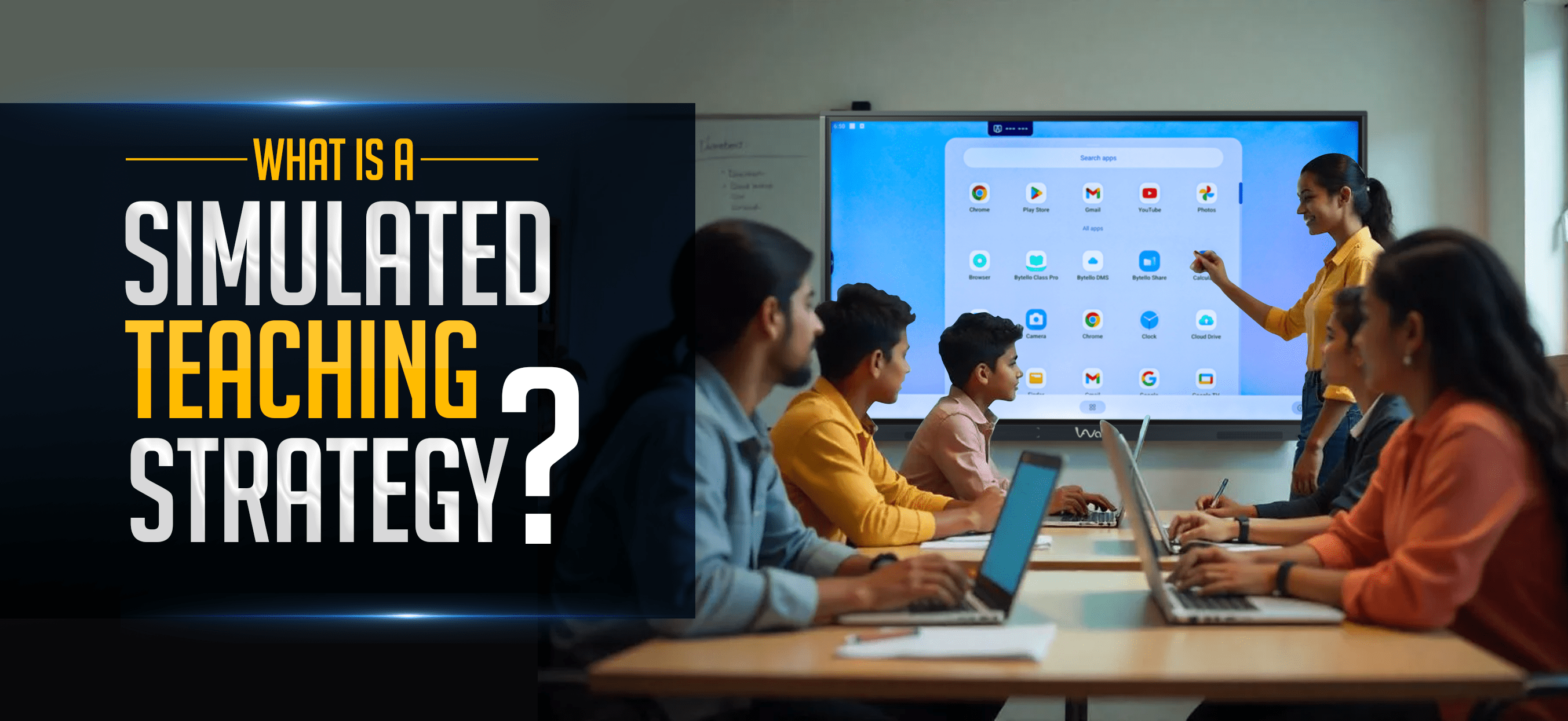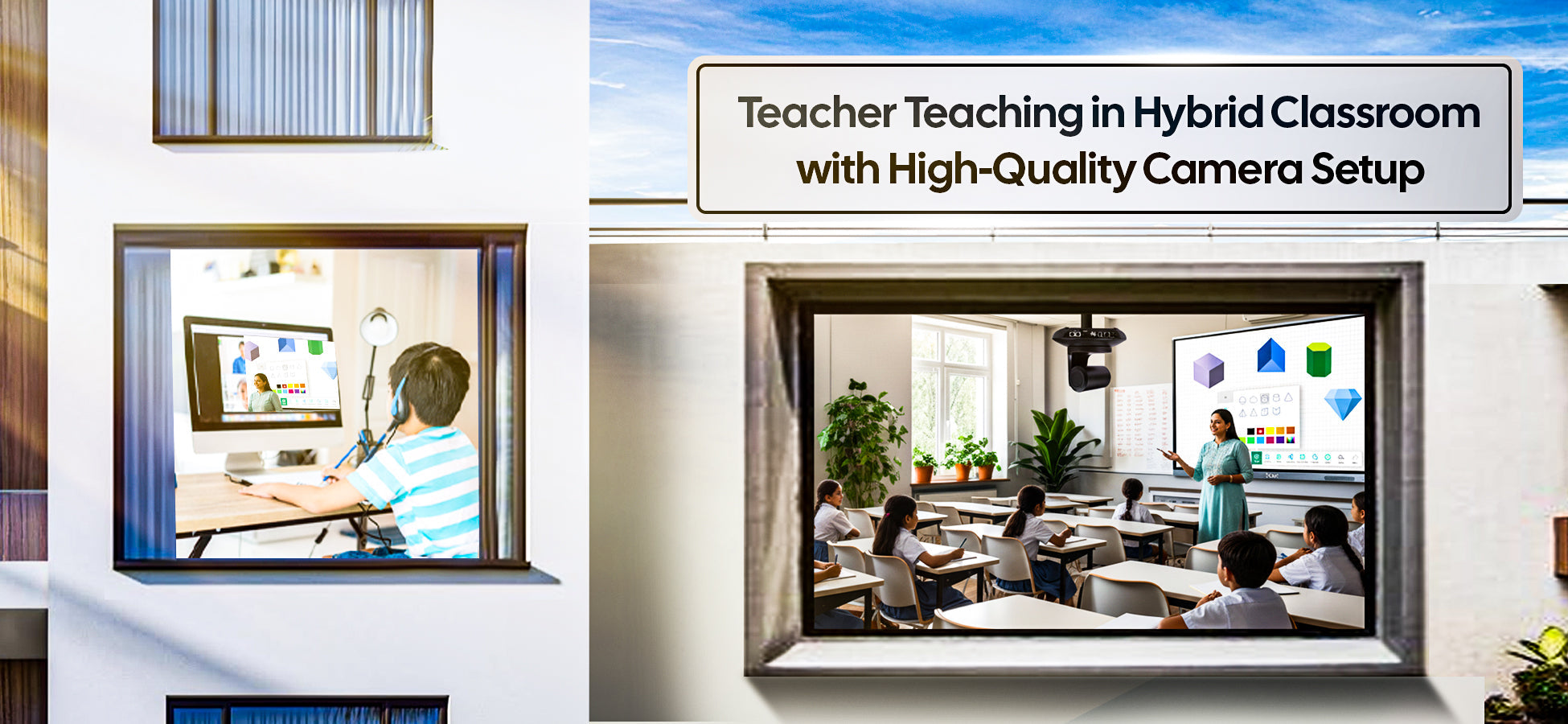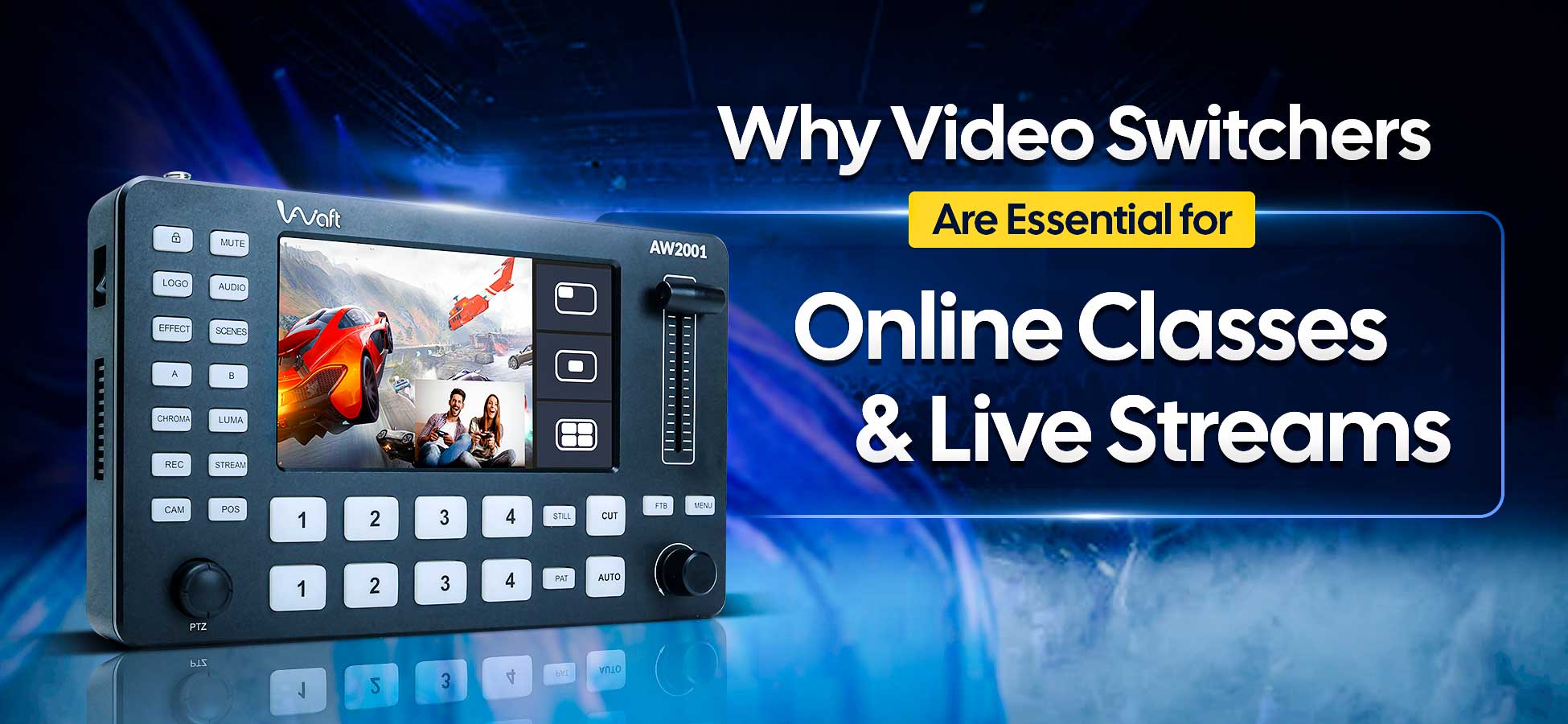Introduction
Simulated teaching strategy is a learning and development approach that helps people enhance their problem-solving skills. Simulation is a method of testing learners' skills by having them perform a role in an artificially created situation Misconceptions. Experiential learning increases educational quality by encouraging analytical abilities and self-directed knowledge.
Students who engage in active learning, understand the material better than those who simply attend lectures. Students in experiential learning courses perceive themselves as more effective practitioners than students in non-experiential learning settings. Simulations are one sort of experiential learning used in educational and community settings, featuring poor audience learning in which people learn from one another rather than just the speaker on stage.
What is a simulated teaching strategy?
A simulated teaching strategy is a training technique replicating real-life circumstances using a controlled, artificial setting or situation. The goal of simulation as a teaching approach is to provide students with a safe environment in which they may practice, make errors, and learn from them without fear of repercussions in the real world.
Advantages of simulated teaching
Here are the advantages of simulated teaching:
- It is for dealing with a challenging issue.
- This strategy assists us in developing some classroom etiquette.
- Using this method allows us to explore and assess instructional challenges.
- Self-assurance in educating develops as a result of simulated instruction.
- This strategy aids in the explanation of classroom behavior issues and leads to their resolution.
- This strategy enhances a person's awareness of their job.
- It bridges the gap between teaching theory and practice.
Features of simulated teaching
Allows learners to learn from their mistakes and improve their skills.
- To guarantee that the intended goals are met, you must carefully consider this strategy in advance.
- This strategy is useful for practicing teaching skills by student instructors.
- The training takes place in simulated environments. Mock trials prepare students to face real-world scenarios.
- When feedback identifies flaws in teaching, teachers should highlight them together with suitable solutions to correct them.
Process of following the simulated teaching strategy
A teacher can follow the following process to implement the simulated teaching strategy:
Orientation
The instructor plans a thorough introductory session to define the concept of models, their applications in education, the actions to be done in simulated teaching, trainee responsibilities, and the construction of a teaching practice setting.
Demonstration
Following orientations, the teacher gives a sample lesson from one of the new teachers in the same class, going through all of the simulated teaching procedures. Finally, the trainees examine the displayed lesson to ensure that they understand every aspect of the simulated instruction.
Formation of groupings
In this step, the instructor divides the students into groups based on classroom capacity. This group includes the teacher, students, and monitors who ensure that the simulated teaching goes smoothly.
Allocation of Role
During this procedure, the teacher gives tasks to team members. All trainees must assume all of the tasks. Trainees are largely responsible for three roles: teacher, learner, and administrator.
Practice ability selection
Teachers select a topic and certain abilities for simulated teaching practice only after roles are given. They can also discuss skills and issues with the course teacher to have a better understanding. The topic, however, should be of such a kind that it covers all of the abilities at once.
Work schedule planning
The teacher develops a work plan for simulated teaching practice after picking skills and a subject. The work plan specifies who will begin the simulated teaching, who may disrupt the training session, and who will conclude the training session. Finally, the timetable will define when the session will end.
The teacher must devise observation strategies
This stage entails deciding on an observation approach. It outlines the types of data to be collected and how they should be interpreted. As a result, this step is linked to the technique of evaluation.
Organization of practice sessions
When all preparation is finished, the first training session with assigned duties is arranged. The instructor and other students then provide rapid feedback on the teacher's performance. Furthermore, data on student development is systematically recorded to allow for review. As a result, the session will be extended until all trainees have finished their first round of teaching practice.
Modifying the procedure
Following the conclusion of the class, a discussion should be held to allow trainees to make any necessary adjustments. The trainees then plan the next cycle of training, altering their strategy based on the data. This step involves changing the trainees' roles, themes, and talents so that everyone has an opportunity to play all of the parts during the simulated teaching exercise. As a consequence, until each student is taught, the cycle of simulated instruction continues.
Final Thoughts
When used correctly, a simulation teaching strategy may deliver a rich, interesting, and successful learning experience. It bridges the gap between academic knowledge and real-world application, preparing students to handle issues outside of the classroom. The potential for virtual teaching will only grow as technology advances, making it a fascinating area for educators to investigate and adopt.
More Blogs
How to guide students with proper use of technology
Things Teachers Should Do to Connect Better in Online Classes



